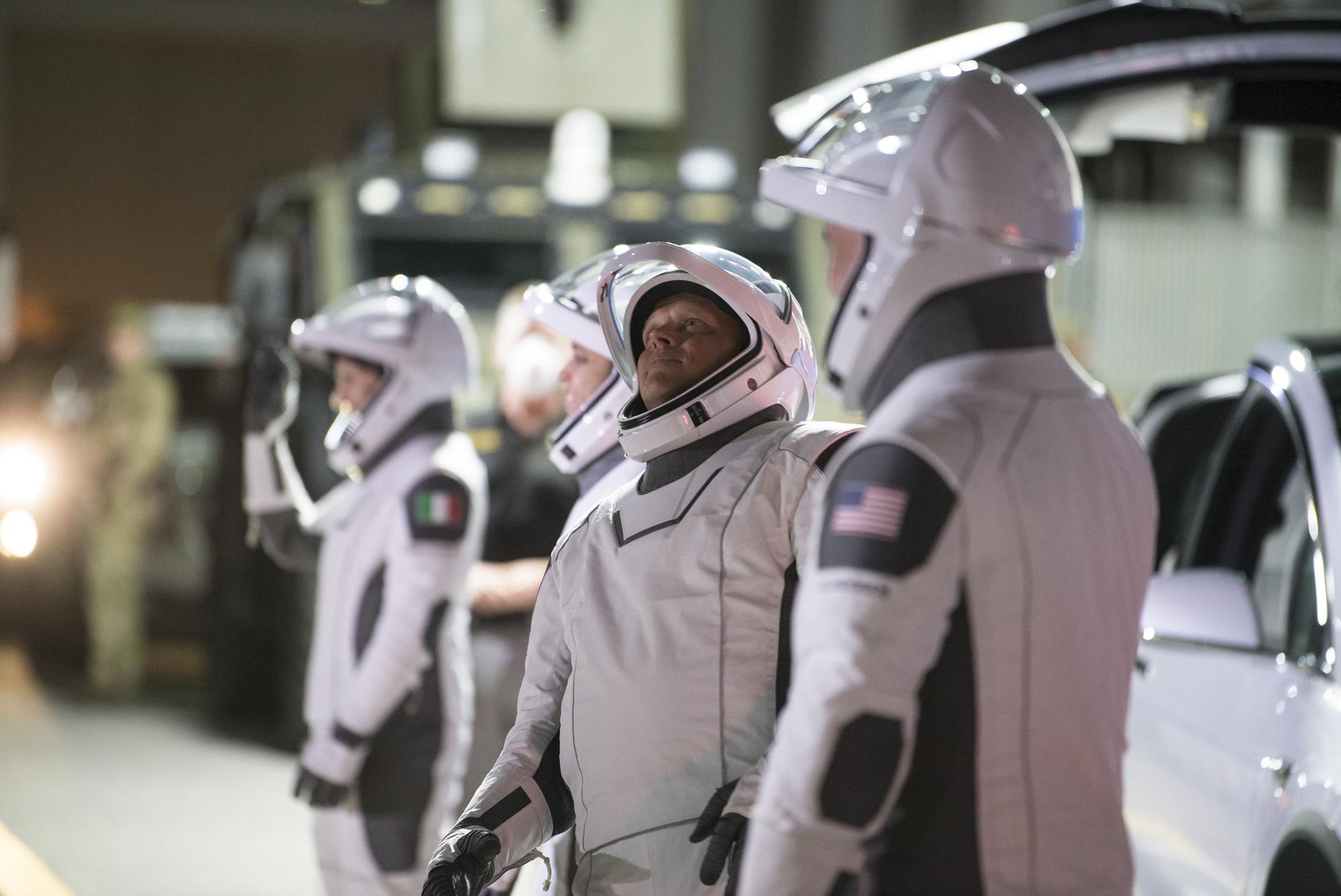Spending a long time in space changes the shape your brain, study finds

Your support helps us to tell the story
From reproductive rights to climate change to Big Tech, The Independent is on the ground when the story is developing. Whether it's investigating the financials of Elon Musk's pro-Trump PAC or producing our latest documentary, 'The A Word', which shines a light on the American women fighting for reproductive rights, we know how important it is to parse out the facts from the messaging.
At such a critical moment in US history, we need reporters on the ground. Your donation allows us to keep sending journalists to speak to both sides of the story.
The Independent is trusted by Americans across the entire political spectrum. And unlike many other quality news outlets, we choose not to lock Americans out of our reporting and analysis with paywalls. We believe quality journalism should be available to everyone, paid for by those who can afford it.
Your support makes all the difference.Being in space for a long time changes the structure of your brain, a new study has found.
Long trips away from Earth change the spaces along the veins and arteries of the brain, a new study has found.
The research will help inform the work being undertaken to ensure that astronauts are able to survive the long trips to Mars and elsewhere that are planned for the coming years.
And they could also pose “some basic fundamental questions of science and how life evolved here on Earth”, said Juan Piantino, assistant professor of pediatrics at Oregon Health & Science University.
Scientists scanned the brains of 15 astronauts before and after they took long trips to the International Space Station.
They used magnetic resonance imaging to measure perivascular space, or the space around the blood vessels. They looked at how that space changed between the time they left and immediately after they returned, as well as over time after they had come back.
They found that those spaces increased after astronauts headed to space for the first time. But after they went again, those spaces did not appear to change.
Scientists did not find that researchers had balance or visual memory problems that might suggest those changes led to neurological issues.
But those spaces are important to human life on Earth, too. They are a key part of the brain cleansing that happens during space, for instance, which happens during deep sleep.
That process is likely to be altered when humans leave the gravitational pull around which human physiology formed.
The research could be used to inform the understanding both of astronauts on long trips, as well as those on Earth who have disorders involving cerebrospinal fluid.
“These findings not only help to understand fundamental changes that happen during space flight, but also for people on Earth who suffer from diseases that affect circulation of cerebrospinal fluid,” DrPiantino said.
An article describing the findings, ;Longitudinal MRI-visible perivascular space (PVS) changes with long-duration spaceflight’, is published in Scientific Reports.
Join our commenting forum
Join thought-provoking conversations, follow other Independent readers and see their replies
Comments